How to Prevent Carbon Monoxide Poisoning at Home
This article provides essential tips and guidelines to safeguard your home against carbon monoxide poisoning, ensuring the safety of your family and loved ones through proactive measures and awareness. Carbon monoxide (CO) is a silent threat lurking in many homes, often undetected until it’s too late. But don't worry! By understanding its dangers and taking the right precautions, you can create a safer living environment. Let’s dive into the details of this invisible gas and learn how to keep your home safe.
Carbon monoxide is a colorless, odorless gas produced by burning fuels. This includes common household fuels such as natural gas, propane, gasoline, and wood. The danger lies in its ability to go unnoticed while it quietly accumulates in enclosed spaces. Understanding its properties and the risks associated with it is crucial for prevention. Just like a thief in the night, carbon monoxide can invade your home without a sound, making awareness your first line of defense.
Identifying common sources of carbon monoxide in the home is essential for reducing exposure and risks. Here are the typical culprits:
- Gas Appliances: These include stoves, heaters, and water heaters, which can emit carbon monoxide if not properly maintained.
- Vehicles: Running cars or generators in enclosed spaces like garages can lead to dangerous levels of CO.
- Furnaces: Old or malfunctioning furnaces can also be a source of carbon monoxide.
By being aware of these sources, you can take necessary precautions to minimize risks. Regular inspections and safe usage are vital for prevention.
Gas stoves, heaters, and water heaters can emit carbon monoxide if not properly maintained. Regular inspections and safe usage are vital for prevention. Think of gas appliances like pets; they require regular care and attention to ensure they don’t become a danger. Adequate ventilation is essential when using these appliances to ensure that carbon monoxide does not accumulate indoors. This simple act can significantly reduce the risk of poisoning.
Good ventilation allows fresh air to flow into your home, diluting any carbon monoxide that might be present. It’s like opening a window on a hot day; it refreshes the air and makes it safer to breathe. Ensure that your home has adequate ventilation, especially in areas where gas appliances are used.
Scheduling regular maintenance checks for gas appliances can help identify potential issues before they become dangerous. This is akin to getting a health check-up; catching problems early can save lives. Make it a habit to have professionals inspect your gas appliances at least once a year.
Running vehicles in enclosed spaces, like garages, can lead to dangerous levels of carbon monoxide. It’s a common mistake many make, thinking that it’s just a quick stop. However, even a few minutes can be enough to fill a garage with CO. Always ensure that vehicles are turned off when parked in the garage, and open the garage door before starting the engine.
Recognizing the signs and symptoms of carbon monoxide poisoning can be lifesaving. Common symptoms include:
- Headaches
- Dizziness
- Nausea
- Shortness of breath
Knowing these signs can help individuals identify potential poisoning and seek help quickly. If you or someone in your home experiences these symptoms, especially with others showing similar signs, evacuate immediately and seek medical attention. Think of it as a fire alarm going off; it’s time to take action!
Long-term exposure to carbon monoxide can lead to serious health issues, including brain damage and heart problems. Awareness of these risks emphasizes the importance of prevention and safety measures. Just like ignoring a small leak can lead to a flooded basement, ignoring CO exposure can lead to severe health consequences.
Carbon monoxide detectors are essential safety devices that alert homeowners to dangerous gas levels. Proper installation and maintenance are key to their effectiveness. Think of these detectors as your home’s watchdogs; they work tirelessly to keep you safe.
Selecting the appropriate carbon monoxide detector for your home involves understanding the features that best suit your needs. Look for detectors with a digital display, battery backup, and a loud alarm. It’s like choosing a good insurance policy; you want the best coverage possible.
Proper placement of detectors is critical for accurate readings. Install detectors near sleeping areas and on every level of your home. Regular testing and battery replacement ensure that these devices function correctly. Just like you wouldn’t drive a car with a flat tire, don’t ignore your detectors!
Having an emergency response plan in place is crucial for ensuring safety during a carbon monoxide incident. Preparedness can save lives. Just like you wouldn’t wait for a fire to develop to think about escape routes, having a plan for CO incidents is essential.
Developing a clear evacuation plan for your household can facilitate a swift response in case of a carbon monoxide alarm activation. Make sure everyone knows the routes and where to meet outside. Practice makes perfect, so consider doing a drill!
Knowing when and how to contact emergency services during a suspected carbon monoxide incident is vital for ensuring safety and receiving prompt assistance. Have a list of emergency contacts readily available, and ensure that everyone in your home knows how to call for help. It’s like having a lifeline in a storm; you want to be prepared.
1. What should I do if my carbon monoxide detector goes off?
Evacuate your home immediately and call emergency services. Do not re-enter until it has been deemed safe.
2. How often should I check my carbon monoxide detectors?
You should test your detectors monthly and replace the batteries at least once a year.
3. Can I install carbon monoxide detectors myself?
Yes, most carbon monoxide detectors come with installation instructions that are easy to follow. However, if you are unsure, it’s best to consult a professional.
4. What are the long-term effects of carbon monoxide exposure?
Long-term exposure can lead to serious health issues, including brain damage and heart problems. It’s crucial to take preventive measures seriously.

Understanding Carbon Monoxide
Carbon monoxide (CO) is a silent threat lurking in many homes. This colorless and odorless gas is produced when fuels such as gas, oil, coal, or wood are burned. Because it’s invisible and has no smell, it can easily go undetected until it’s too late. Imagine a thief sneaking into your home without you even noticing—this is what carbon monoxide does. It can build up in enclosed spaces, leading to potentially fatal consequences.
One of the most alarming aspects of carbon monoxide is its ability to displace oxygen in the bloodstream. When inhaled, CO binds with hemoglobin, the molecule responsible for carrying oxygen in your blood. This reduces the amount of oxygen that reaches your vital organs, which can be devastating. The danger is heightened in poorly ventilated areas where the gas can accumulate rapidly. In fact, just a few minutes of exposure to high levels of carbon monoxide can lead to unconsciousness or even death.
Understanding the properties of carbon monoxide is essential for prevention. Here are some key facts:
- Source of Production: CO is generated from any fuel-burning appliance, including stoves, fireplaces, and heaters.
- Health Risks: Even low levels of carbon monoxide exposure can cause serious health issues, including headaches, confusion, and impaired judgment.
- Vulnerable Populations: Infants, elderly individuals, and those with pre-existing health conditions are particularly at risk.
Moreover, the symptoms of carbon monoxide poisoning can mimic those of other illnesses, making it difficult for individuals to recognize the danger. Early symptoms may include:
- Headaches
- Dizziness
- Nausea
- Shortness of breath
As the exposure continues, symptoms can escalate to confusion, loss of consciousness, and ultimately death. Therefore, it's crucial to stay vigilant and aware of carbon monoxide's presence in your home.
In summary, understanding carbon monoxide is about more than just knowing what it is; it’s about recognizing the risks it poses and taking proactive measures to protect yourself and your loved ones. By staying informed and alert, you can significantly reduce the likelihood of carbon monoxide poisoning in your home.
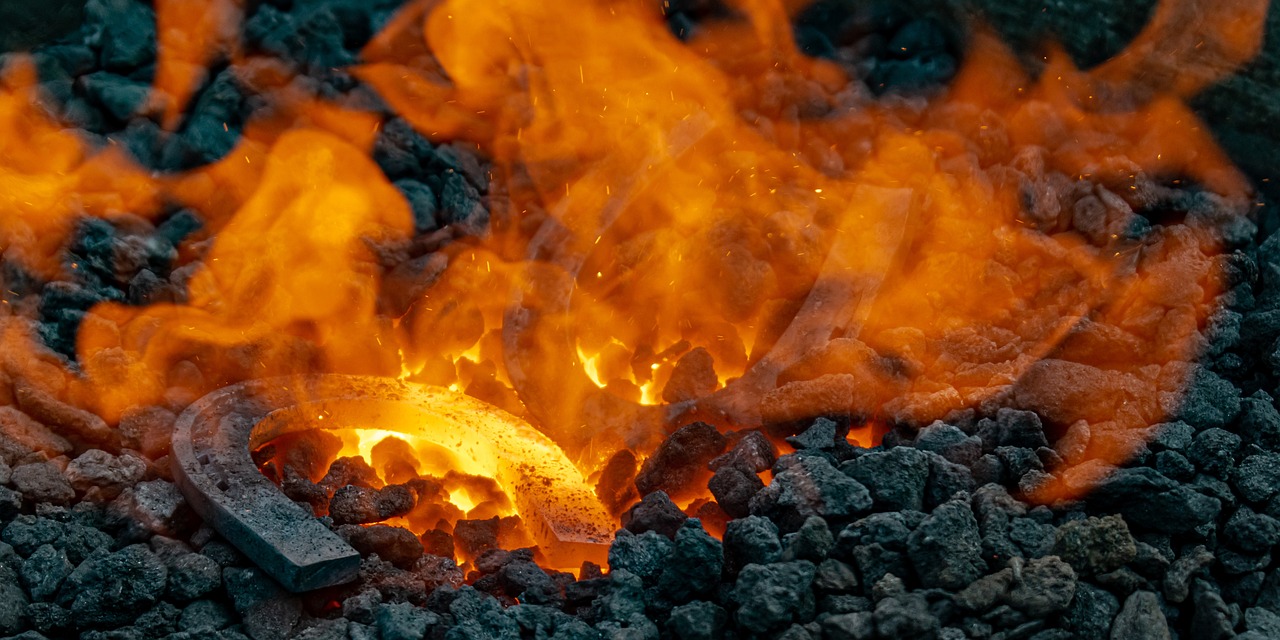
Common Sources of Carbon Monoxide
Understanding the in your home is the first step towards prevention. This invisible killer can lurk in the most unexpected places, and being aware of its origins can significantly reduce the risk of poisoning. One of the primary sources is gas appliances, which include stoves, heaters, and water heaters. When these devices are not functioning properly or are poorly maintained, they can release carbon monoxide into your living space. Imagine cooking a delicious meal, only to find out that your stove is quietly emitting toxic gas. That's a scary thought, isn't it?
Another significant contributor to carbon monoxide buildup is vehicles, particularly when they are left running in enclosed spaces like garages. Picture this: you come home after a long day and decide to warm up your car in the garage while you grab your things. Unbeknownst to you, the carbon monoxide from your vehicle is accumulating, creating a dangerous situation. This is why it’s crucial to never run your engine in a closed area, even if the garage door is open.
Here are some other common sources of carbon monoxide you should be aware of:
- Furnaces: Older models or those that are not well maintained can leak carbon monoxide.
- Fireplaces: If not properly ventilated, they can produce dangerous levels of carbon monoxide.
- Charcoal grills: Using them indoors or in poorly ventilated spaces can lead to carbon monoxide poisoning.
It's essential to regularly check and maintain these appliances to ensure they are functioning safely. For instance, scheduling annual inspections for your furnace or having your chimney cleaned can prevent potential hazards. Just like you wouldn't ignore a check engine light in your car, the same vigilance should apply to your home appliances. Remember, a little prevention goes a long way in safeguarding your loved ones from this silent threat.
In conclusion, being aware of the common sources of carbon monoxide in your home is vital. By taking proactive measures, such as regular maintenance and responsible usage of gas appliances and vehicles, you can significantly reduce the risk of poisoning. After all, a safe home is a happy home!
Q: What are the symptoms of carbon monoxide poisoning?
A: Symptoms can include headaches, dizziness, nausea, and shortness of breath. If you experience these symptoms, especially when using gas appliances, seek fresh air immediately and contact emergency services.
Q: How can I tell if my appliances are leaking carbon monoxide?
A: Regular maintenance and inspections are key. Additionally, if you notice yellow or orange flames instead of blue, this could indicate incomplete combustion, suggesting a potential leak.
Q: How often should I check my carbon monoxide detectors?
A: Test your detectors at least once a month and replace the batteries at least once a year. Also, replace the entire unit every 5 to 7 years, depending on the manufacturer's recommendations.
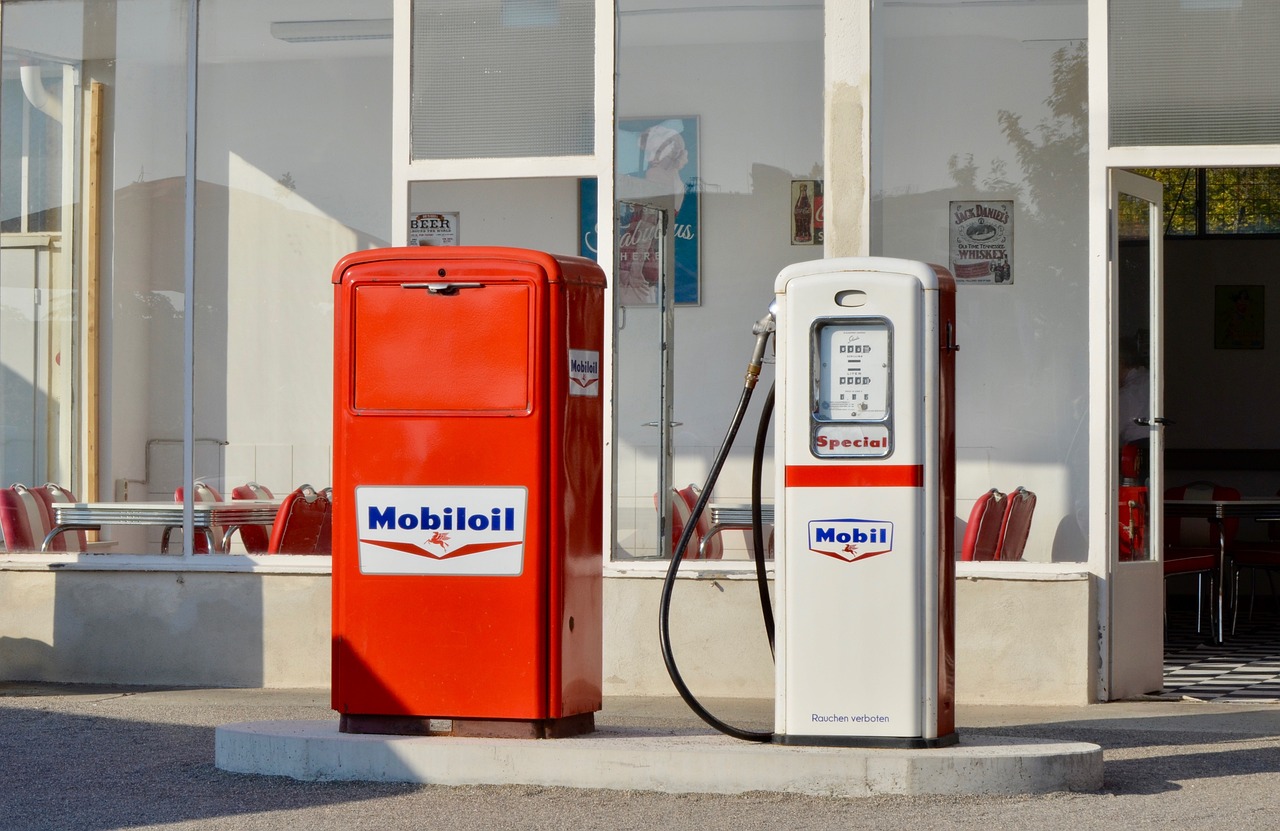
Gas Appliances
When it comes to keeping your home safe, are a major consideration. These everyday items, such as gas stoves, heaters, and water heaters, are incredibly useful but can also pose a serious risk if not maintained properly. Imagine cooking a delicious meal on your gas stove while unknowingly allowing carbon monoxide to seep into your home. It’s a frightening thought, but it’s one that can easily become a reality without the right precautions.
Gas appliances work by burning natural gas or propane, and during this combustion process, carbon monoxide can be produced if the appliances are not functioning efficiently. This is where the importance of regular inspections and proper usage comes into play. Just like you wouldn’t drive a car without regular check-ups, your gas appliances deserve the same attention. Regular maintenance not only ensures they work efficiently but also helps in identifying any potential issues before they escalate into dangerous situations.
One of the most crucial aspects of using gas appliances is ensuring they are well-ventilated. Adequate ventilation allows harmful gases to escape and prevents them from accumulating indoors. Think of it as opening a window to let fresh air in while letting stale air out. If your home lacks proper ventilation, even a small issue with a gas appliance can lead to a dangerous buildup of carbon monoxide.
To illustrate the importance of maintenance, consider the following table that outlines common gas appliances and their recommended maintenance frequency:
| Gas Appliance | Recommended Maintenance Frequency |
|---|---|
| Gas Stove | Annually |
| Gas Heater | Annually |
| Water Heater | Every 1-2 years |
In addition to regular maintenance, you should also be aware of the signs that indicate your gas appliances may not be functioning correctly. If you notice a yellow or orange flame instead of a blue one, it could be a sign of incomplete combustion, which can lead to carbon monoxide production. Furthermore, if you smell gas or notice any unusual sounds coming from your appliances, it’s essential to act quickly. Turn off the appliance, ventilate the area, and contact a professional for assistance.
In summary, while gas appliances are convenient and often necessary for modern living, they require responsible ownership. By ensuring they are properly maintained and well-ventilated, you can significantly reduce the risk of carbon monoxide poisoning in your home. Remember, safety first! Taking these proactive steps can protect not just you but also your loved ones from the unseen dangers of carbon monoxide.
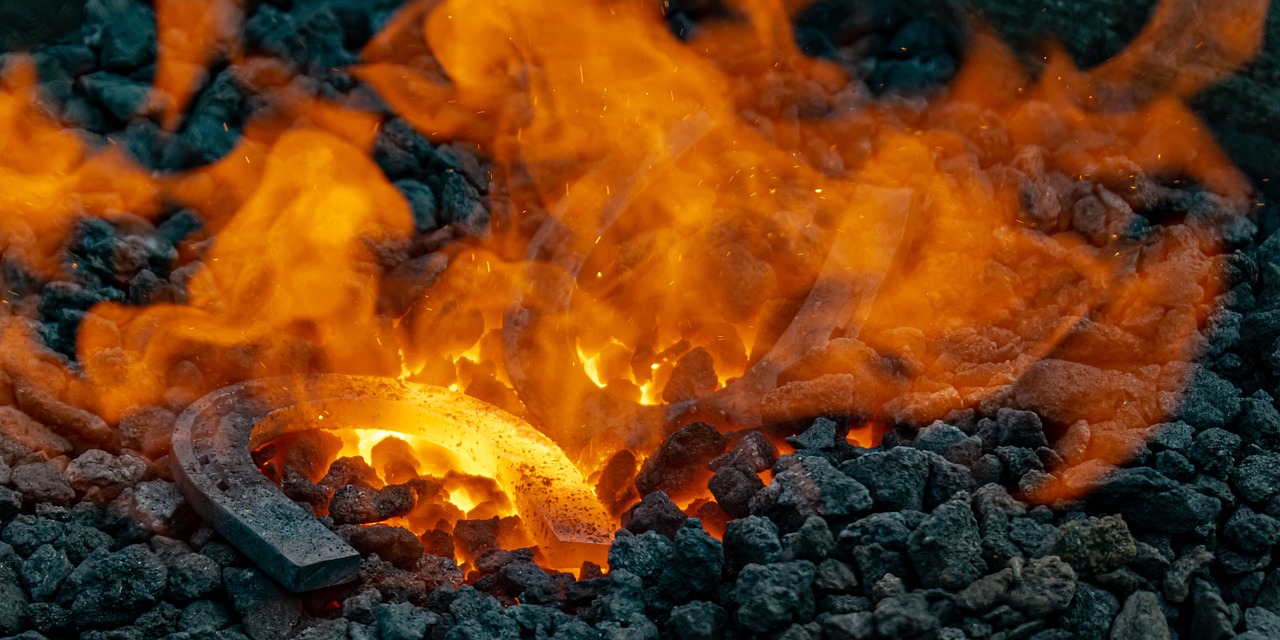
Importance of Ventilation
When it comes to preventing carbon monoxide poisoning, ventilation plays a crucial role that cannot be overlooked. Imagine your home as a sealed container; without proper air circulation, harmful gases can easily accumulate, creating a dangerous environment. Adequate ventilation ensures that fresh air enters the space while allowing stale air and any potential contaminants, including carbon monoxide, to escape. This is especially important when using gas appliances, as they can produce carbon monoxide during their operation.
To illustrate the significance of ventilation, consider this: when you cook on a gas stove or run a gas heater, the combustion process produces not only heat but also byproducts like carbon monoxide. If your kitchen or living area is poorly ventilated, these gases can linger, increasing the risk of poisoning. Thus, maintaining a steady flow of air can significantly reduce this risk. Here are a few key points to keep in mind:
- Open Windows and Doors: Whenever possible, keep windows and doors open to promote airflow, especially when using gas appliances.
- Install Exhaust Fans: Utilize exhaust fans in kitchens and bathrooms to help vent out any harmful gases.
- Check Vents: Ensure that all vents are clear and unobstructed to facilitate proper air circulation.
Moreover, it’s not just about having ventilation; it’s about having the right kind of ventilation. Natural ventilation through windows and doors can be effective, but in some cases, mechanical ventilation systems may be necessary, especially in tightly sealed homes. These systems can actively replace stale indoor air with fresh outdoor air, significantly reducing the concentration of carbon monoxide and other pollutants.
In summary, never underestimate the power of good ventilation in your home. It’s a simple yet effective way to safeguard your loved ones from the dangers of carbon monoxide. By ensuring that your living spaces are well-ventilated, you create a healthier environment that not only protects against carbon monoxide poisoning but also improves overall air quality. So, take a moment to assess your home’s ventilation today—your family's safety may depend on it!
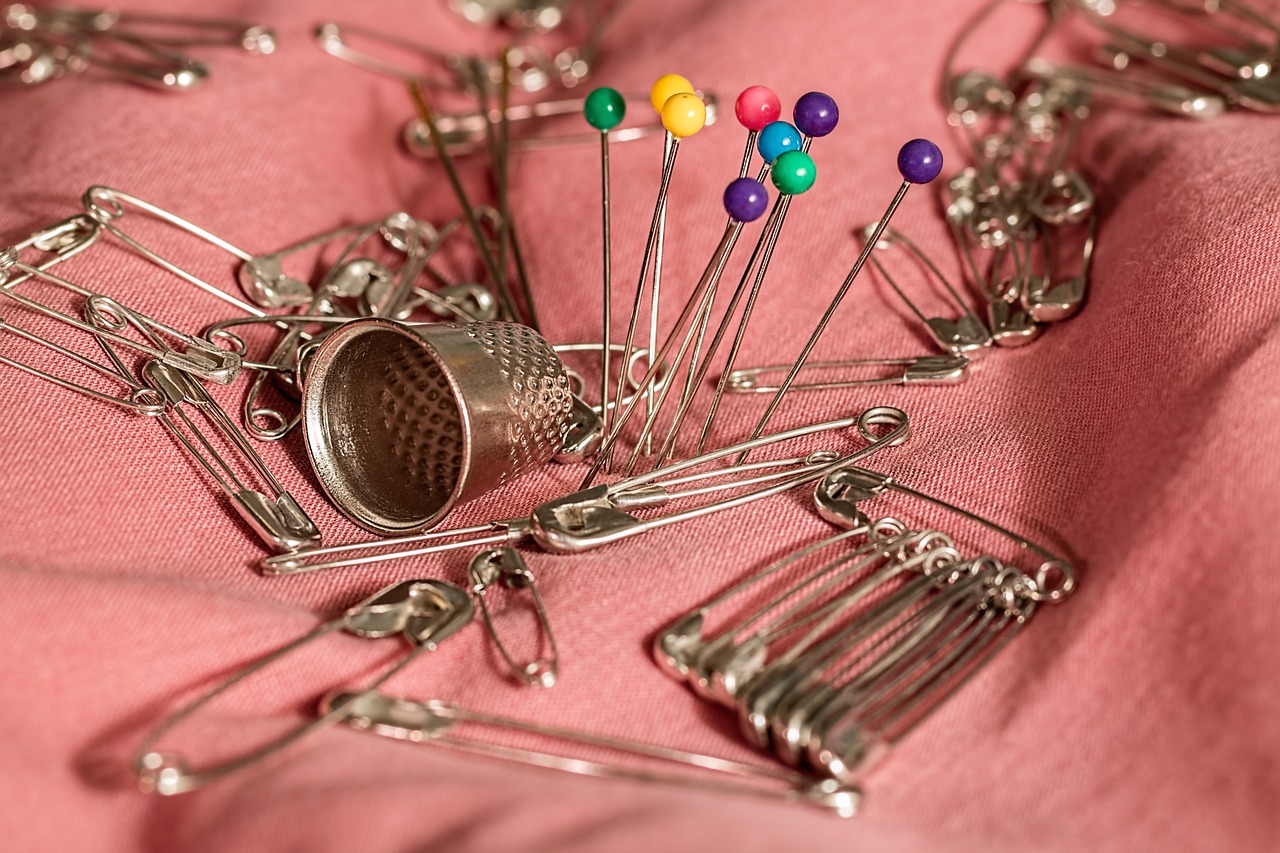
Regular Maintenance
Regular maintenance of gas appliances is not just a good idea; it’s a critical step in safeguarding your home from the hidden dangers of carbon monoxide. Think of it as a routine check-up for your appliances—just like you would visit a doctor for a health check. These checks can help identify potential issues before they escalate into serious problems that could endanger your family. Here are some key aspects to consider:
- Schedule Annual Inspections: Make it a habit to schedule an annual inspection with a qualified technician. This ensures that your gas appliances, including stoves, heaters, and water heaters, are functioning properly and safely.
- Keep Records: Maintain a log of all maintenance activities, including dates and the technician's findings. This not only helps you track the health of your appliances but also assists in identifying recurring issues.
- Look for Warning Signs: Be vigilant about any unusual odors, sounds, or performance issues with your gas appliances. If something seems off, don’t hesitate to call a professional for an evaluation.
Moreover, regular maintenance isn't just about fixing things when they break. It’s about prevention. For instance, a dirty burner can lead to incomplete combustion, increasing the risk of carbon monoxide production. Keeping your appliances clean and well-maintained can significantly reduce this risk. Additionally, ensure that the vents and flues are clear of obstructions to allow for proper exhaust of gases.
In conclusion, by prioritizing regular maintenance of your gas appliances, you are not only extending their lifespan but also creating a safer environment for your loved ones. It’s a small effort that can make a huge difference in preventing carbon monoxide poisoning. So, don’t wait for a warning sign—be proactive!
Q1: How often should I have my gas appliances inspected?
A1: It is recommended to have your gas appliances inspected at least once a year by a qualified technician to ensure they are safe and functioning properly.
Q2: What are the signs that my gas appliance needs maintenance?
A2: Signs include unusual smells, inconsistent performance, or visible damage. If you notice any of these, it's best to consult a professional immediately.
Q3: Can I perform maintenance on my gas appliances myself?
A3: While you can do basic cleaning, it is always best to leave detailed inspections and repairs to licensed professionals to ensure safety and compliance with regulations.
Q4: What should I do if I suspect carbon monoxide poisoning?
A4: If you suspect poisoning, immediately evacuate the area, seek fresh air, and contact emergency services for assistance.
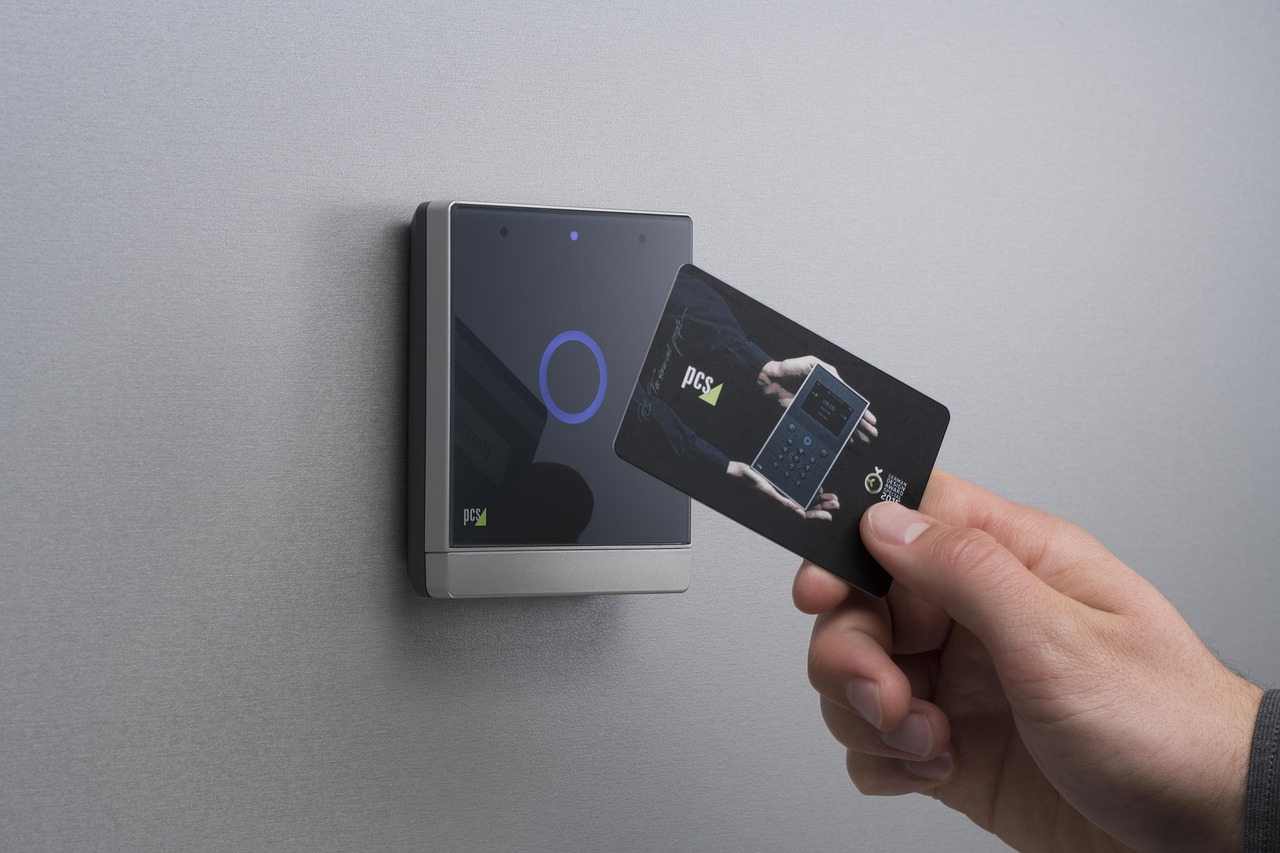
Vehicles and Garages
When it comes to carbon monoxide (CO) poisoning, one of the most overlooked yet dangerous sources is right in our own driveways: our vehicles. Many people might think that carbon monoxide is only a concern when it comes to gas appliances inside the home, but the truth is, running a vehicle in an enclosed space like a garage can quickly lead to hazardous levels of this deadly gas. Imagine starting your car in a closed garage, thinking you'll just be a minute. In that short time, the carbon monoxide can build up to levels that can be harmful or even fatal. It’s a silent threat that demands our attention.
To prevent such scenarios, it is crucial to understand the risks associated with vehicles and garages. First and foremost, never run your vehicle in a closed garage, even if the door is open. It takes only a few minutes for carbon monoxide to accumulate, especially in poorly ventilated areas. If you must warm up your car, consider doing so outside where fresh air can disperse any harmful gases. Additionally, always ensure that your garage is well-ventilated. Keeping windows open or installing vents can significantly reduce the risk of CO buildup.
Another important factor is the maintenance of your vehicle. Regular checks to ensure that the exhaust system is functioning properly can prevent leaks that may allow carbon monoxide to enter your garage. If you notice a strong smell of exhaust fumes or hear unusual sounds from your vehicle, it’s time to get it checked by a professional. Remember, a little vigilance can go a long way in keeping you and your family safe from carbon monoxide poisoning.
Moreover, if you have a garage attached to your home, consider installing a carbon monoxide detector in that space as well. This simple device can alert you to dangerous levels of CO before they become a serious threat. Just like having a smoke detector, a carbon monoxide detector can be a lifesaver. Make sure to test the detector regularly and change the batteries as needed to ensure it’s always functioning correctly.
In summary, the combination of vehicles and garages poses a significant risk for carbon monoxide exposure. By being proactive—never running your vehicle in an enclosed space, maintaining your car, and installing detectors—you can greatly reduce the risk of carbon monoxide poisoning in your home.
- What are the symptoms of carbon monoxide poisoning? Symptoms include headaches, dizziness, nausea, and confusion. If you experience these symptoms, seek fresh air immediately.
- How can I tell if my car is leaking carbon monoxide? If you notice unusual exhaust smells, hear strange noises, or see visible damage to the exhaust system, it’s important to have your vehicle inspected by a professional.
- Is it safe to use gas-powered tools in a garage? Only use gas-powered tools in well-ventilated areas. Always ensure that doors and windows are open to allow for proper air circulation.
- How often should I check my carbon monoxide detector? Test your carbon monoxide detector monthly and replace the batteries at least once a year. Consider replacing the unit every 5-7 years, depending on the manufacturer's recommendations.
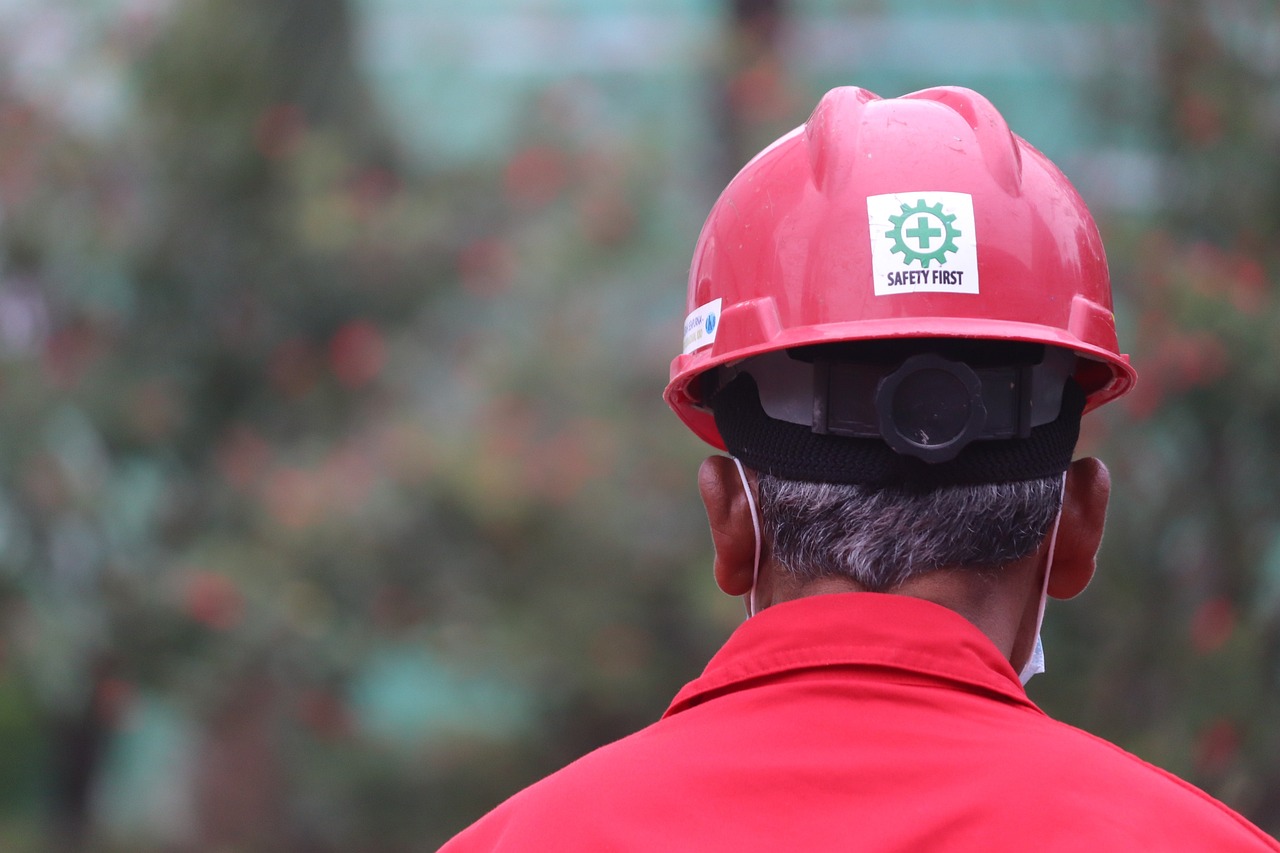
Signs and Symptoms of Poisoning
Recognizing the signs and symptoms of carbon monoxide poisoning is crucial for ensuring your safety and the safety of your loved ones. Carbon monoxide (CO) can sneak up on you, often without any warning. Since it is a colorless and odorless gas, many people may not even realize they are being exposed until it’s too late. This is why being aware of the potential symptoms can be lifesaving. If you notice any of the following signs, it’s important to act quickly and seek fresh air or medical attention.
The physical symptoms of carbon monoxide poisoning can mimic those of the flu or other common illnesses, which can make it easy to overlook them. Common symptoms include:
- Headaches - A persistent headache that doesn’t seem to go away can be a red flag.
- Dizziness - Feeling lightheaded or unsteady is another warning sign.
- Nausea - If you’re feeling queasy without any obvious cause, it could be due to CO exposure.
- Confusion - Difficulty concentrating or confusion can indicate a serious problem.
It’s essential to note that the severity of symptoms can vary based on the level of exposure and the duration of time spent in a carbon monoxide-rich environment. In some cases, individuals may experience shortness of breath, chest pain, or even loss of consciousness. If you or someone else exhibits these severe symptoms, it’s imperative to call emergency services immediately.
Long-term exposure to carbon monoxide can lead to serious health issues, including brain damage and heart problems. This underlines the importance of prevention and awareness. If you suspect that you or someone in your home is experiencing symptoms of carbon monoxide poisoning, don’t hesitate to take action. Open windows, evacuate the area, and seek medical help. Remember, it’s always better to be safe than sorry!
Q: How quickly do symptoms appear after exposure to carbon monoxide?
A: Symptoms can appear within a few hours of exposure, but in some cases, they may develop more slowly. It's important to be vigilant if you are in an enclosed space with fuel-burning appliances.
Q: Can you recover from carbon monoxide poisoning?
A: Yes, many people recover fully from carbon monoxide poisoning, especially if they receive prompt medical treatment. However, long-term exposure can lead to lasting health issues.
Q: How can I prevent carbon monoxide poisoning in my home?
A: Regular maintenance of gas appliances, ensuring proper ventilation, and installing carbon monoxide detectors are key steps to prevent poisoning.
Q: What should I do if my carbon monoxide detector goes off?
A: Evacuate the area immediately, seek fresh air, and call emergency services. Do not ignore the alarm.
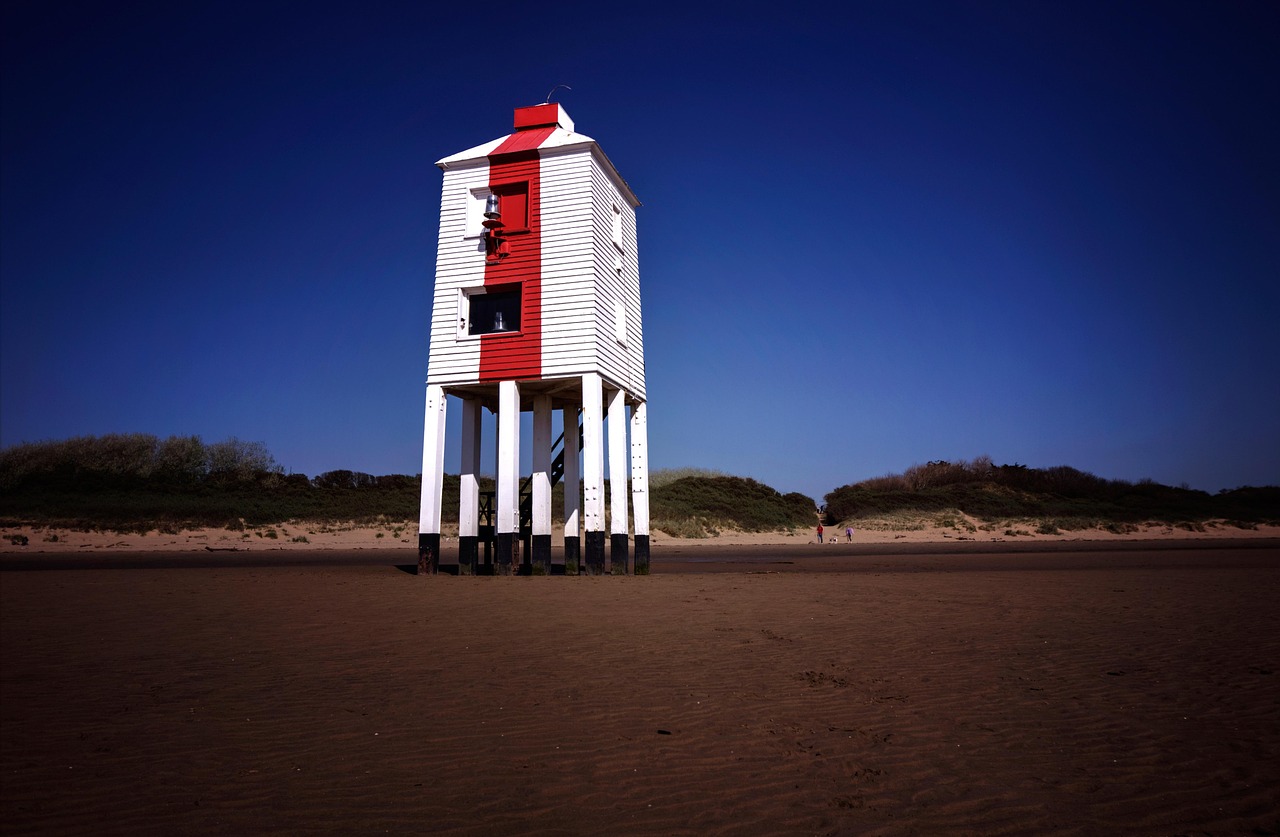
Physical Symptoms
Recognizing the of carbon monoxide poisoning is crucial for your safety and the safety of those around you. This invisible, odorless gas can silently infiltrate your home, and its effects on the body can be subtle at first. Many people might mistake the early signs for something less serious, like the flu or a headache from stress. However, understanding these symptoms can be a matter of life and death.
Some of the most common symptoms of carbon monoxide poisoning include:
- Headaches: Often described as a dull ache, these can escalate in intensity and become debilitating.
- Dizziness: A feeling of lightheadedness or vertigo can occur, making it difficult to maintain balance.
- Nausea: This can range from mild discomfort to severe vomiting, often leading individuals to believe they have food poisoning.
- Shortness of breath: Some may experience difficulty breathing, especially during physical activity.
- Confusion: Affected individuals may find it hard to concentrate or may feel unusually disoriented.
It's important to note that these symptoms can vary in intensity depending on the level of exposure. In some cases, individuals may experience flulike symptoms that can easily be misdiagnosed. If you or someone else begins to exhibit these symptoms, especially when using gas appliances or in enclosed spaces, it's essential to seek fresh air immediately and call for help. Remember, carbon monoxide poisoning can escalate quickly, and the sooner you act, the better the chances of recovery.
In severe cases, prolonged exposure can lead to loss of consciousness, brain damage, or even death. Therefore, being proactive about your home safety and being aware of these symptoms can truly make a difference. If you suspect carbon monoxide poisoning, do not hesitate to take action—your health and safety depend on it.
- What should I do if I suspect carbon monoxide poisoning?
If you suspect carbon monoxide poisoning, immediately move to fresh air and call emergency services. Do not ignore the symptoms. - How can I prevent carbon monoxide poisoning?
Regular maintenance of gas appliances, installing carbon monoxide detectors, and ensuring proper ventilation can significantly reduce the risk. - What are the long-term effects of carbon monoxide exposure?
Long-term exposure can lead to serious health issues, including neurological damage and cardiovascular problems.
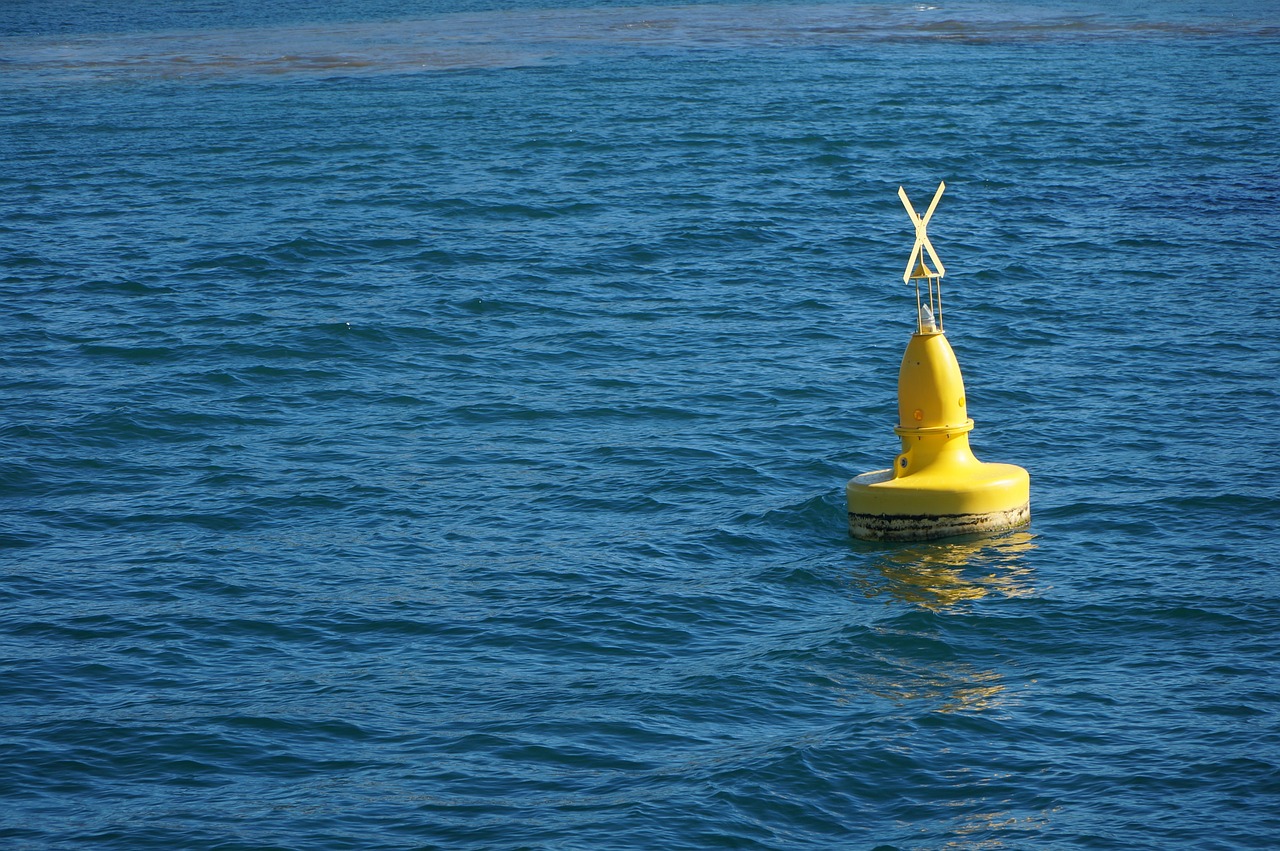
Long-term Effects
Long-term exposure to carbon monoxide can have devastating consequences on your health. While many people may experience mild symptoms during short-term exposure, the effects of prolonged contact can be significantly more severe and even life-threatening. Imagine living in a house where the air is filled with an invisible danger—this is the reality for those who unknowingly experience chronic carbon monoxide exposure.
One of the most alarming long-term effects of carbon monoxide poisoning is the potential for neurological damage. The brain is particularly sensitive to low oxygen levels, and carbon monoxide binds to hemoglobin in the blood, reducing its ability to carry oxygen. This can lead to cognitive impairments, memory loss, and in severe cases, permanent brain damage. Victims may find themselves struggling with everyday tasks, unable to concentrate, or experiencing mood swings that can affect their relationships and quality of life.
Moreover, long-term exposure can also exacerbate existing health conditions. For individuals with respiratory issues, such as asthma or chronic obstructive pulmonary disease (COPD), carbon monoxide can worsen their symptoms and lead to more frequent hospital visits. The risk of heart problems also increases, as the heart has to work harder to supply oxygen to the body when carbon monoxide levels are elevated. This can result in serious cardiovascular issues, including arrhythmias and even heart attacks.
It's essential to recognize the symptoms of long-term exposure to carbon monoxide, which may include:
- Persistent headaches
- Confusion or difficulty concentrating
- Fatigue or weakness
- Shortness of breath
- Chest pain
Understanding these symptoms is crucial for early detection and intervention. If you suspect that you or someone in your household is experiencing these symptoms, it is imperative to seek medical attention immediately. The earlier you address the issue, the better the chances of mitigating long-term damage.
In summary, the long-term effects of carbon monoxide poisoning can be profound and far-reaching. From neurological impairments to exacerbated respiratory and cardiovascular conditions, the risks associated with this silent killer cannot be overstated. Awareness and proactive measures are key to preventing these dangerous outcomes and ensuring a safe living environment for you and your loved ones.
- What are the symptoms of carbon monoxide poisoning? Symptoms can include headaches, dizziness, nausea, confusion, and fatigue.
- How can I prevent carbon monoxide poisoning? Regular maintenance of gas appliances, ensuring proper ventilation, and installing carbon monoxide detectors can help prevent poisoning.
- What should I do if my carbon monoxide detector goes off? Evacuate the premises immediately and call emergency services.
- Can carbon monoxide poisoning cause permanent damage? Yes, long-term exposure can lead to serious health issues, including neurological damage and cardiovascular problems.

Installing Carbon Monoxide Detectors
When it comes to safeguarding your home from the unseen dangers of carbon monoxide, is one of the most effective steps you can take. These little devices are like silent guardians, constantly monitoring the air for dangerous levels of this colorless, odorless gas. But simply buying a detector isn't enough; proper installation and maintenance are crucial to ensure they function correctly and provide the protection you need.
First off, let's talk about choosing the right detector. Not all detectors are created equal, and understanding the features that best suit your needs can make a significant difference. For instance, some detectors come with digital displays that show the current carbon monoxide levels, while others may feature voice alerts that can be more effective in waking up sleeping family members. Additionally, consider whether you want a battery-operated model or one that plugs into an electrical outlet. Battery-operated detectors offer flexibility in placement, while plug-in models ensure you won't have to worry about changing batteries frequently.
Next, the placement of your detectors is critical. You want to install them in locations where they can detect gas most effectively. The best practices for placement include:
- Installing detectors on every level of your home, especially near sleeping areas.
- Placing them at least 15 feet away from fuel-burning appliances to avoid false alarms.
- Mounting wall-mounted detectors at least 5 feet off the ground, as carbon monoxide is slightly lighter than air and will rise.
Once you've installed your detectors, regular maintenance is key to keeping them in optimal working condition. This includes:
- Testing the detectors monthly to ensure they are functioning correctly.
- Replacing batteries at least once a year, or sooner if your detector starts beeping to signal low battery.
- Replacing the entire unit every 5 to 7 years, as their sensors can become less effective over time.
In summary, installing carbon monoxide detectors is a straightforward yet essential step in protecting your household from this silent killer. By choosing the right type, placing them strategically, and committing to regular maintenance, you can significantly reduce the risk of carbon monoxide poisoning in your home.
Q: How do I know if my carbon monoxide detector is working?
A: Most detectors have a test button that you can press to check if the alarm sounds. Additionally, you should regularly check the battery and replace the unit according to the manufacturer's guidelines.
Q: What should I do if my carbon monoxide detector goes off?
A: If your detector sounds an alarm, immediately evacuate your home and call emergency services. Do not re-enter until it has been confirmed safe by professionals.
Q: Can I use a smoke detector as a carbon monoxide detector?
A: No, smoke detectors and carbon monoxide detectors serve different purposes and should not be used interchangeably. It's essential to have both types of detectors installed in your home for comprehensive safety.
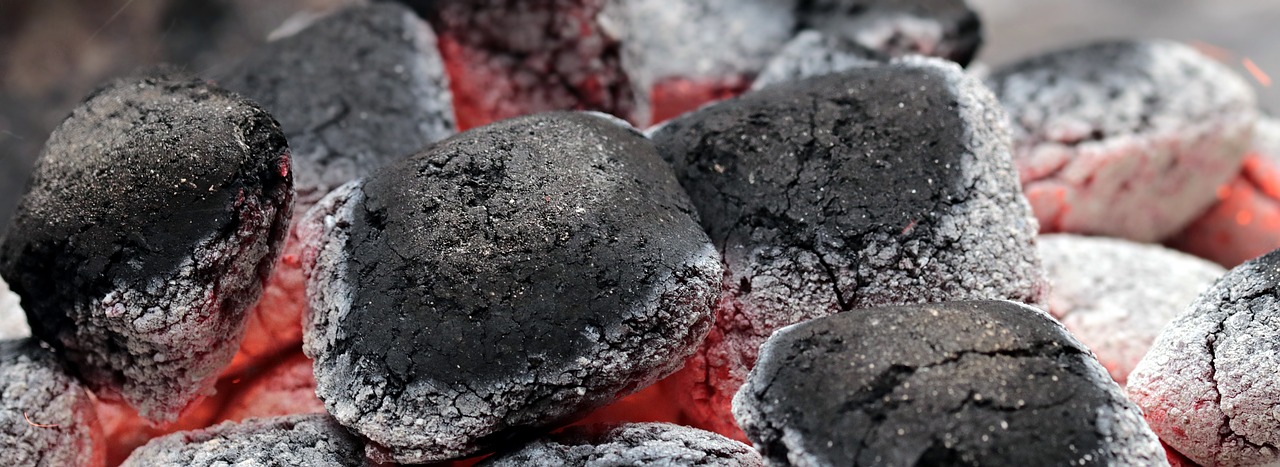
Choosing the Right Detector
This article provides essential tips and guidelines to safeguard your home against carbon monoxide poisoning, ensuring the safety of your family and loved ones through proactive measures and awareness.
Carbon monoxide is a colorless, odorless gas produced by burning fuels. Understanding its properties and dangers is crucial for prevention and safety in residential environments.
Identifying common sources of carbon monoxide in the home, such as gas appliances and vehicles, helps homeowners take necessary precautions to reduce exposure and risks.
Gas stoves, heaters, and water heaters can emit carbon monoxide if not properly maintained. Regular inspections and safe usage are vital for prevention.
Adequate ventilation is essential when using gas appliances to ensure that carbon monoxide does not accumulate indoors, reducing the risk of poisoning.
Scheduling regular maintenance checks for gas appliances can help identify potential issues before they become dangerous, ensuring safe operation.
Running vehicles in enclosed spaces, like garages, can lead to dangerous levels of carbon monoxide. Awareness of this risk is crucial for prevention.
Recognizing the signs and symptoms of carbon monoxide poisoning can be lifesaving. Understanding these indicators can prompt timely action and medical attention.
Common symptoms include headaches, dizziness, and nausea. Knowing these signs can help individuals identify potential poisoning and seek help quickly.
Long-term exposure to carbon monoxide can lead to serious health issues. Awareness of these risks emphasizes the importance of prevention and safety measures.
Carbon monoxide detectors are essential safety devices that alert homeowners to dangerous gas levels. Proper installation and maintenance are key to their effectiveness.
When it comes to selecting the right carbon monoxide detector for your home, it's not just about picking any device off the shelf. You want to ensure that you choose one that suits your specific needs and living environment. First and foremost, consider the type of detector. There are two main types: battery-operated and hardwired detectors. Battery-operated models offer flexibility in placement, while hardwired versions connect directly to your home’s electrical system and often have battery backups.
Next, think about the features that are important to you. Some detectors come with digital displays that show the current level of carbon monoxide, which can be extremely useful for monitoring air quality. Others include voice alerts that can provide specific warnings, making it easier to understand the situation. Additionally, consider whether you want a combination detector that also detects smoke or natural gas; these multi-functional devices can streamline safety measures in your home.
Another important aspect is the certifications of the detector. Look for models that meet safety standards set by organizations such as Underwriters Laboratories (UL) or the American National Standards Institute (ANSI). This ensures that the detector has been rigorously tested and is reliable in alerting you to dangerous levels of carbon monoxide.
Lastly, don’t forget about the lifetime and warranty of the detector. Most detectors have a lifespan of about 5 to 7 years, after which they should be replaced. A good warranty can provide peace of mind, knowing that you’re covered in case of defects or issues.
Proper placement of detectors is critical for accurate readings. Regular testing and battery replacement ensure that these devices function correctly.
Having an emergency response plan in place is crucial for ensuring safety during a carbon monoxide incident. Preparedness can save lives.
Developing a clear evacuation plan for your household can facilitate a swift response in case of a carbon monoxide alarm activation.
Knowing when and how to contact emergency services during a suspected carbon monoxide incident is vital for ensuring safety and receiving prompt assistance.
- What is carbon monoxide poisoning? Carbon monoxide poisoning occurs when carbon monoxide builds up in the bloodstream, preventing oxygen from entering the body's organs and tissues.
- How can I tell if my carbon monoxide detector is working? Most detectors have a test button. Press it to ensure that the alarm sounds. Additionally, check the battery regularly and replace it as needed.
- How often should I replace my carbon monoxide detector? It's recommended to replace your carbon monoxide detector every 5 to 7 years, depending on the manufacturer's guidelines.
- What should I do if my carbon monoxide detector goes off? Evacuate the premises immediately and call emergency services for assistance.
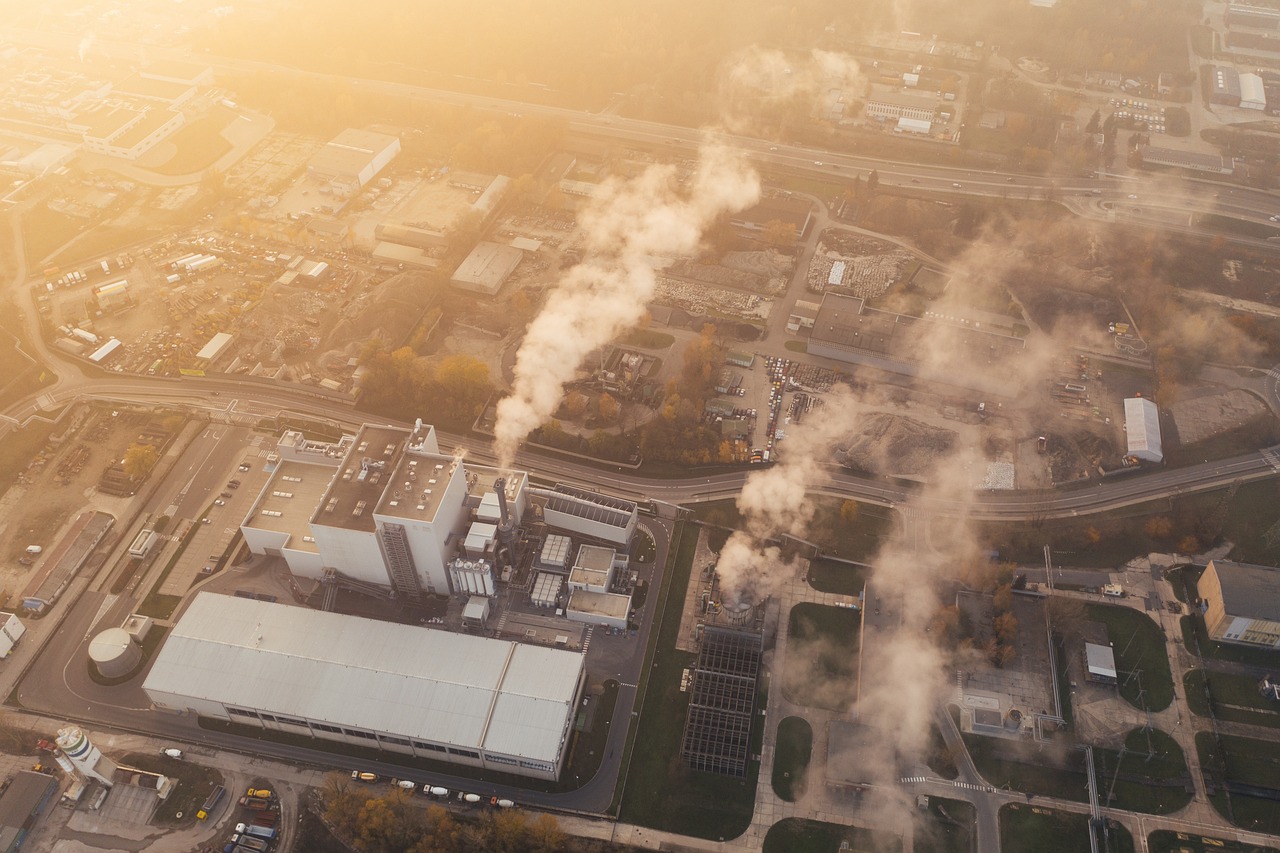
Placement and Maintenance
When it comes to the placement of carbon monoxide detectors, location is everything. You want to ensure that these devices are strategically positioned to provide maximum safety for your household. Ideally, detectors should be installed on every level of your home, particularly near sleeping areas. This way, if carbon monoxide levels rise while you’re asleep, the alarm can wake you up and give you precious time to evacuate. It's also important to avoid placing them too close to gas appliances, as this could lead to false alarms. A good rule of thumb is to keep the detectors at least 15 to 20 feet away from any fuel-burning appliance.
In addition to proper placement, maintenance plays a crucial role in ensuring that your carbon monoxide detectors function effectively. Regular testing of the devices should be part of your routine. Most detectors come with a test button that allows you to check if the alarm is working properly. It’s recommended to test your detectors at least once a month. Furthermore, you should change the batteries in your detectors at least once a year, or sooner if the low-battery warning chirps. If your detector is more than five to seven years old, it’s wise to replace it entirely, as older models may not be as reliable.
To make it easier to remember these maintenance tasks, consider creating a simple maintenance schedule. Here’s a quick table to help you keep track:
| Task | Frequency |
|---|---|
| Test Carbon Monoxide Detectors | Monthly |
| Replace Batteries | Annually |
| Replace Detectors | Every 5-7 years |
By adhering to these guidelines for placement and maintenance, you can significantly enhance the safety of your home against the dangers of carbon monoxide. Remember, being proactive is the best defense against this silent threat!
- How often should I test my carbon monoxide detector? It's recommended to test your carbon monoxide detectors at least once a month.
- Where should I install carbon monoxide detectors? Install detectors on every level of your home, especially near sleeping areas, but at least 15-20 feet away from fuel-burning appliances.
- When should I replace my carbon monoxide detector? You should replace your detectors every 5-7 years, or sooner if they are malfunctioning.

Emergency Response Plans
When it comes to carbon monoxide poisoning, having a well-thought-out emergency response plan can make all the difference between safety and tragedy. Think of it as your family's safety net—a plan that ensures everyone knows exactly what to do if the alarm goes off. The first step is to make sure everyone in your household is aware of the potential dangers of carbon monoxide and understands the importance of a swift response. It’s not just about having a detector; it’s about knowing how to react when it alerts you.
Start by developing a clear evacuation plan that outlines the safest routes out of your home in case of an emergency. This plan should be practiced regularly, just like a fire drill. You wouldn’t wait for a fire to break out to figure out how to escape, right? The same logic applies here. Make sure everyone knows where to meet outside the house after evacuating. This will help you quickly account for everyone’s safety.
In addition to your evacuation routes, it’s crucial to establish a protocol for contacting emergency services. Make sure that at least one person in your household knows how to reach local emergency services and understands the importance of providing clear information about the situation. This includes mentioning that there might be a carbon monoxide leak, as this helps responders prepare for the specific dangers they may face upon arrival.
Here’s a simple table to help you outline your emergency response plan:
| Action Item | Details |
|---|---|
| Evacuation Routes | Identify and practice at least two routes out of your home. |
| Meeting Point | Choose a safe location outside where everyone will gather. |
| Emergency Contacts | Designate a person to call 911 and provide details about the situation. |
Finally, consider creating a communication plan that includes a list of emergency contacts, such as family members, neighbors, or friends who can help in case of an emergency. This ensures that everyone knows who to reach out to when things go awry. Remember, the goal here is to be prepared, not scared. By taking proactive steps and having a plan in place, you can help ensure the safety of your loved ones in the event of a carbon monoxide incident.
- What should I do if my carbon monoxide alarm goes off? Immediately evacuate your home and call emergency services.
- How often should I check my carbon monoxide detectors? Test them monthly and replace the batteries at least once a year.
- Can I ignore minor symptoms of carbon monoxide exposure? No, even mild symptoms should be taken seriously. Seek medical attention if you suspect exposure.
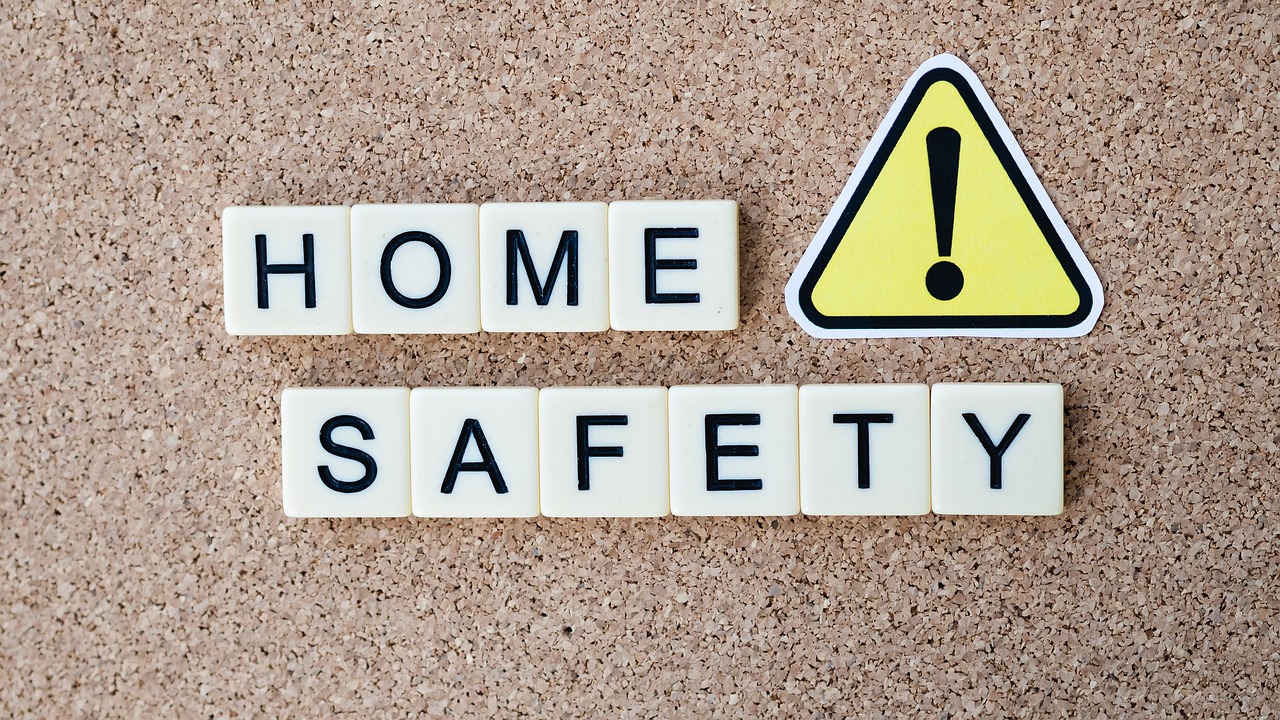
Creating an Evacuation Plan
When it comes to protecting your loved ones from the dangers of carbon monoxide poisoning, having a well-thought-out evacuation plan is not just a good idea—it's essential. Imagine this: your carbon monoxide detector goes off in the middle of the night. What do you do? Panic can set in quickly, but with a solid plan in place, you can respond swiftly and effectively. Start by mapping out your home and identifying all possible exits. This includes doors and windows on each level of your house. Make sure everyone in your household knows the best routes to take in case of an emergency.
Next, consider the unique needs of your family members. For instance, if you have young children or elderly relatives, you may need to designate someone to assist them. It's also a good idea to establish a meeting point outside your home where everyone can gather safely. This way, you can account for everyone and ensure no one is left behind. Regularly practice your evacuation plan, just like you would with a fire drill. Familiarity breeds confidence, and knowing exactly what to do can make all the difference in a crisis.
Additionally, keep a list of emergency contacts readily available. This list should include numbers for local emergency services, family members, and friends who can assist in case of an emergency. Make sure to review and update this list periodically. You can even store it on your phone for quick access. Remember, the key to an effective evacuation plan is communication. Discuss the plan with your family regularly, and encourage everyone to ask questions. This empowers them to take action if the need arises.
Lastly, consider creating a carbon monoxide emergency kit that includes necessary supplies such as a flashlight, batteries, and a first-aid kit. Having these items readily available can make your evacuation smoother and safer. Remember, preparation is your best defense against the unexpected!
- What should I do if my carbon monoxide detector goes off? Immediately evacuate everyone from the home and call emergency services.
- How often should I practice my evacuation plan? It's advisable to practice at least twice a year to keep everyone familiar with the procedures.
- Can I use my phone to contact emergency services during a carbon monoxide incident? Yes, but ensure you have evacuated the area first to avoid exposure.
- What items should be included in my emergency kit? Include a flashlight, batteries, a first-aid kit, water, and any necessary medications.
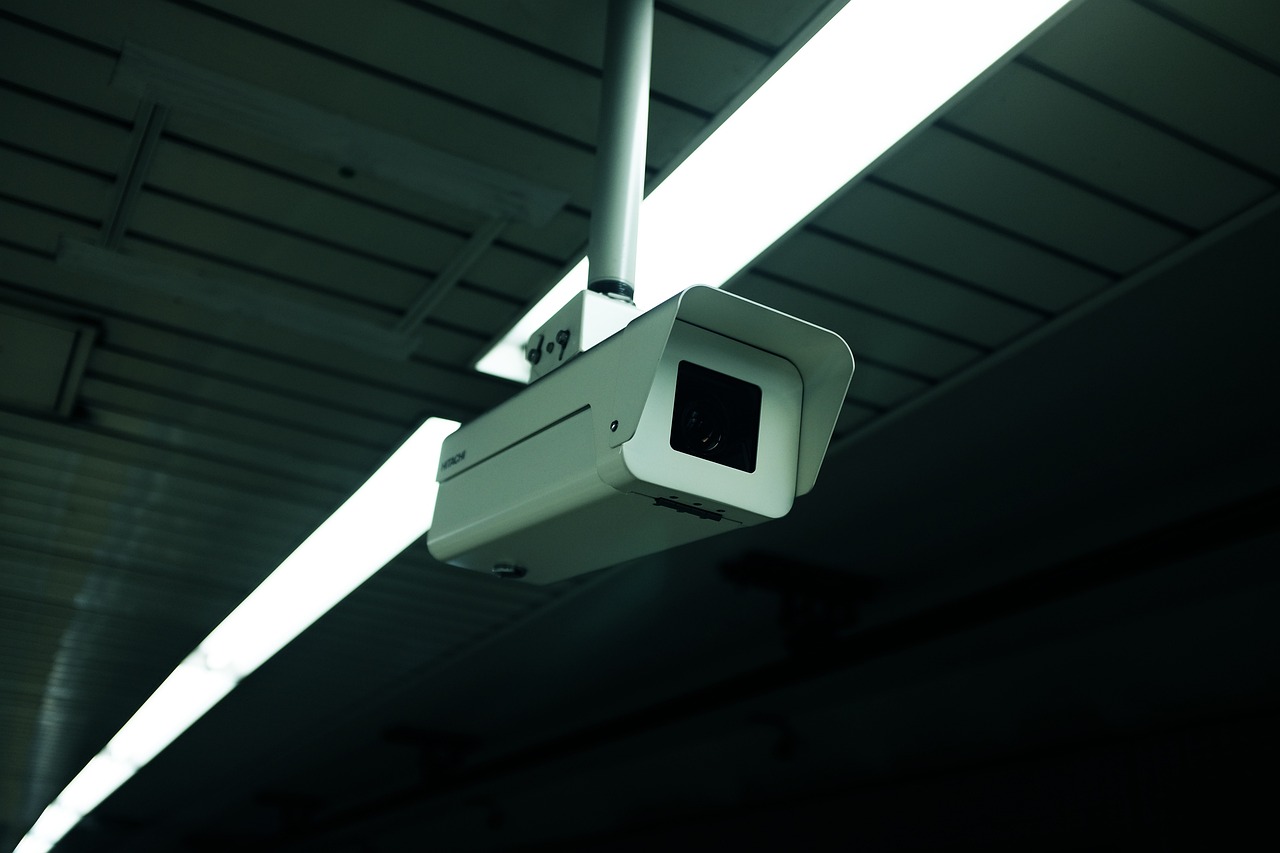
Contacting Emergency Services
When it comes to carbon monoxide poisoning, acting swiftly can be the difference between life and death. If you suspect that someone in your home is experiencing symptoms of carbon monoxide poisoning, it’s crucial to contact emergency services immediately. But how do you know when to call? First and foremost, if anyone exhibits symptoms such as headaches, dizziness, or confusion, don’t hesitate to reach out for help. Remember, carbon monoxide is often referred to as the "silent killer" because you may not realize there’s a problem until it’s too late.
When you contact emergency services, be prepared to provide them with essential information. This includes:
- Your exact location
- The symptoms being experienced by the affected individuals
- Any gas appliances that are in use or have been used recently
- Whether anyone has lost consciousness
It’s also important to ensure that everyone evacuates the premises immediately. Do not wait for emergency responders to arrive before leaving the building. Carbon monoxide can accumulate quickly, and even a few minutes of exposure can be hazardous. If possible, try to get to an area with fresh air. This could be outside or in a well-ventilated space away from the source of the gas.
Once you’ve contacted emergency services, they will likely ask you a series of questions to assess the situation. It’s vital to remain calm and provide as much information as possible. This will help them prepare for the response and ensure that the appropriate medical assistance is on the way. Remember, your safety and the safety of your loved ones should always come first.
After the immediate danger has passed and emergency services have taken over, it’s crucial to follow up with your healthcare provider. Even if symptoms seem to improve, some effects of carbon monoxide exposure can linger, and a medical professional can provide valuable guidance on recovery and any necessary treatment.
In summary, knowing how to contact emergency services during a carbon monoxide incident is essential. Always prioritize safety, act quickly, and be prepared to provide specific information to ensure that help arrives as soon as possible.
Here are some common questions regarding carbon monoxide safety and emergency response:
- What should I do if my carbon monoxide detector goes off? If your detector alarms, evacuate the premises immediately and call emergency services.
- How can I tell if I'm experiencing carbon monoxide poisoning? Symptoms include headaches, dizziness, nausea, and confusion. If you experience these, seek fresh air and medical attention.
- How often should I test my carbon monoxide detector? Test your detector monthly and replace the batteries at least once a year.
- Is carbon monoxide poisoning reversible? Yes, with prompt medical treatment, most people recover fully from carbon monoxide poisoning.
Frequently Asked Questions
- What is carbon monoxide and why is it dangerous?
Carbon monoxide (CO) is a colorless, odorless gas produced by burning fuels. It's dangerous because it can build up in enclosed spaces and prevent your body from using oxygen, leading to poisoning and even death if not detected in time.
- How can I tell if I have carbon monoxide poisoning?
Common symptoms of carbon monoxide poisoning include headaches, dizziness, nausea, and confusion. If you or anyone in your home experiences these symptoms, it's crucial to get fresh air immediately and seek medical help.
- What are the common sources of carbon monoxide in my home?
Common sources include gas appliances like stoves and heaters, as well as vehicles running in enclosed spaces like garages. Ensuring proper maintenance and ventilation can significantly reduce the risk.
- How often should I check my carbon monoxide detectors?
It's recommended to test your carbon monoxide detectors at least once a month and replace the batteries at least once a year. Additionally, you should replace the entire unit every 5 to 7 years, depending on the manufacturer's guidelines.
- What should I do if my carbon monoxide detector goes off?
If your detector goes off, evacuate everyone from the home immediately and seek fresh air. Call emergency services to investigate the source of the carbon monoxide. Do not re-enter the home until it has been declared safe.
- Can I use a gas appliance without a carbon monoxide detector?
While you can technically use gas appliances without a detector, it’s highly discouraged. Having a carbon monoxide detector is crucial for early detection and can save lives by alerting you to dangerous gas levels before they become critical.
- How can I prevent carbon monoxide poisoning in my home?
To prevent carbon monoxide poisoning, ensure proper ventilation when using gas appliances, schedule regular maintenance checks, install carbon monoxide detectors, and never run vehicles in enclosed spaces.
- What should I include in my emergency response plan for carbon monoxide incidents?
Your emergency response plan should include an evacuation route, a designated meeting spot outside the home, and a list of emergency contacts, including local emergency services. Make sure everyone in the household is familiar with the plan.



















